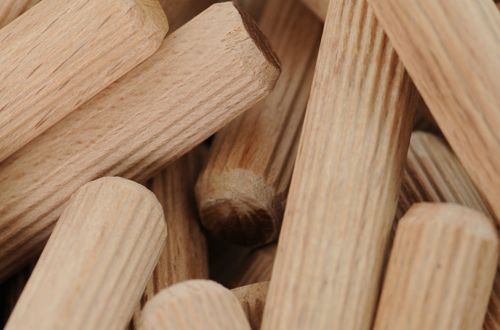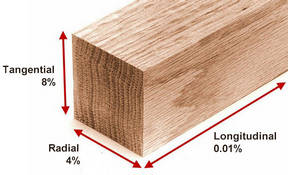Bertotti
Member
- Joined
- Oct 18, 2020
- Messages
- 384
I have only been cutting to just a tiny bit bigger than the size of the dominoes and gluing them on both sides. I have now seen many videos of others some make one side the proper size and the other larger for easier assembly, some don't glue them at all, and others a combination of both. Is there a right or wrong way to use these dominoes? I still alternate my end-grain on glues ups while seeing others don't do that anymore. I will continue because it seems to work for me. But the dominoes' proper use I wonder about.
Apologies if this is just a nutty question but even though I bought the machine a year ago I have only recently started putting it to use.
Apologies if this is just a nutty question but even though I bought the machine a year ago I have only recently started putting it to use.






